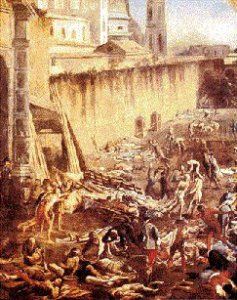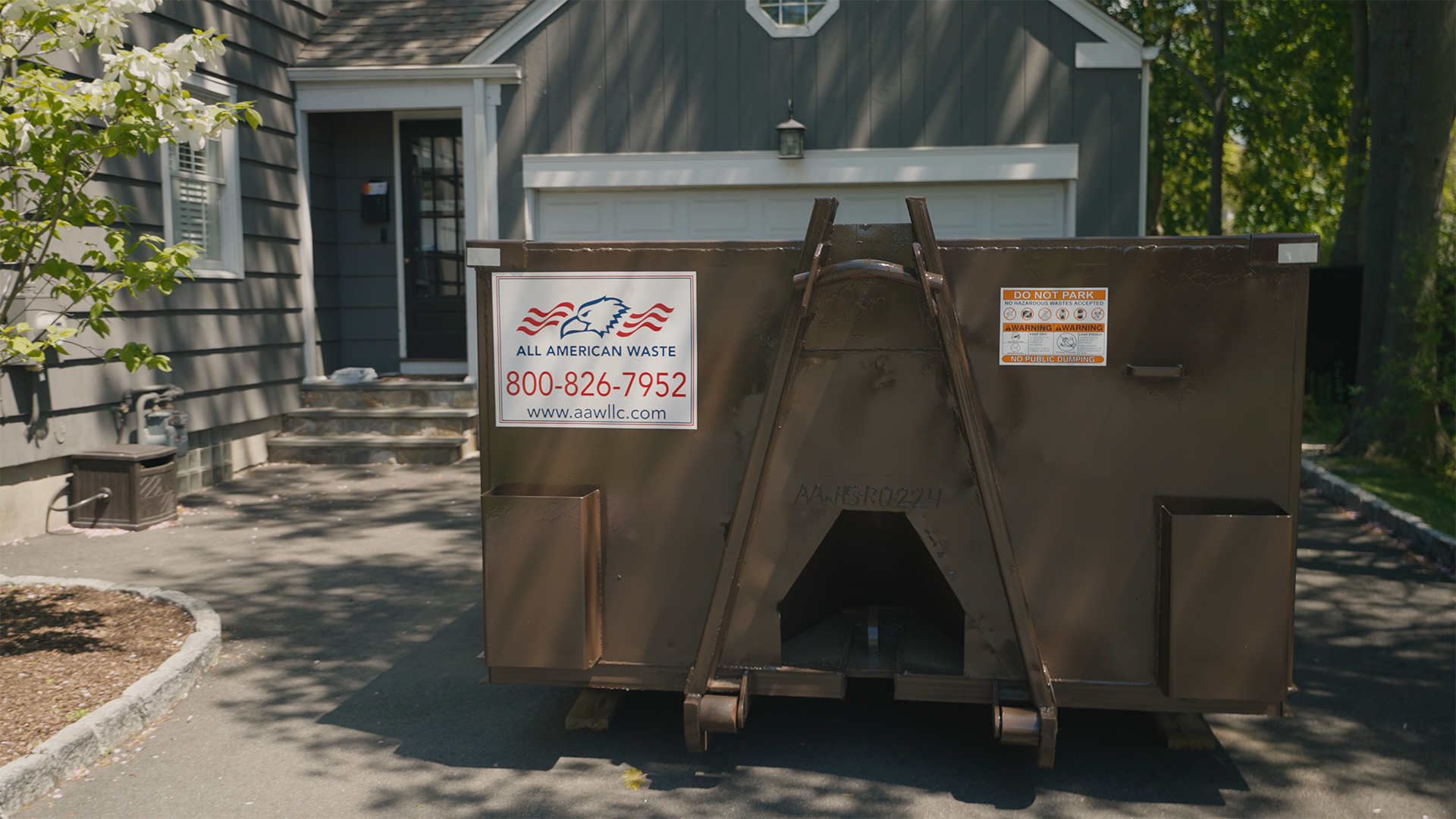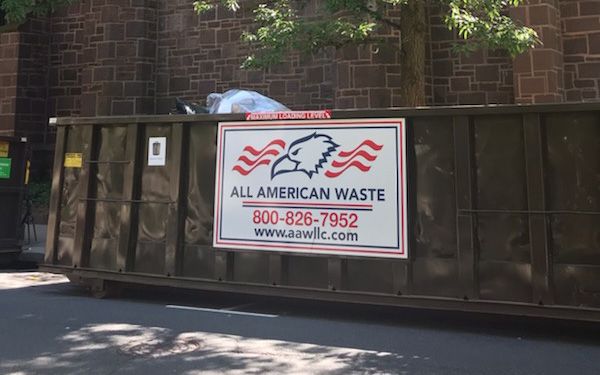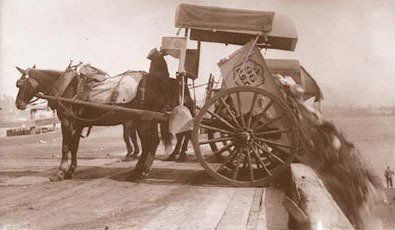HISTORY OF THE GARBAGE MAN
Today is National Garbage Collector Day! Celebrate by supporting all the workers who collect our trash, recyclables and other garbage!
The Beginning
As you can imagine, the world would be a disgusting place without the garbage man. For many years people burned waste, fed it to animals, buried it, and most commonly, tossed it over their shoulder. Some cities became buried, and built over the waste, and others pioneered new ways to save their cities from vermin and disease. Recycling began as a necessity and ended up in present day as a responsibility to the environment.

The most amazing thing about garbage collection is the fact that it was there in the beginning and it will be there in the end. It was part of the package deal when we hit this planet. Our consumerism in the United States only gets larger every day. This brief history summarizes some facts and fiction that helped keep our planet clean.
Earliest Garbage Regulation Efforts
3000 B.C. – The first landfill is developed when Knossos, Crete digs large holes for refuse. Garbage is dumped and filled with dirt at various levels.
2000 B.C. – China develops methods of Composting/Recycling, and recycling bronze for later use.
500 B.C. – Athens, Greece develops new law claiming garbage must be dumped at least one mile from the city.
LEARN MORE ABOUT THE HISTORY OF GARBAGE



